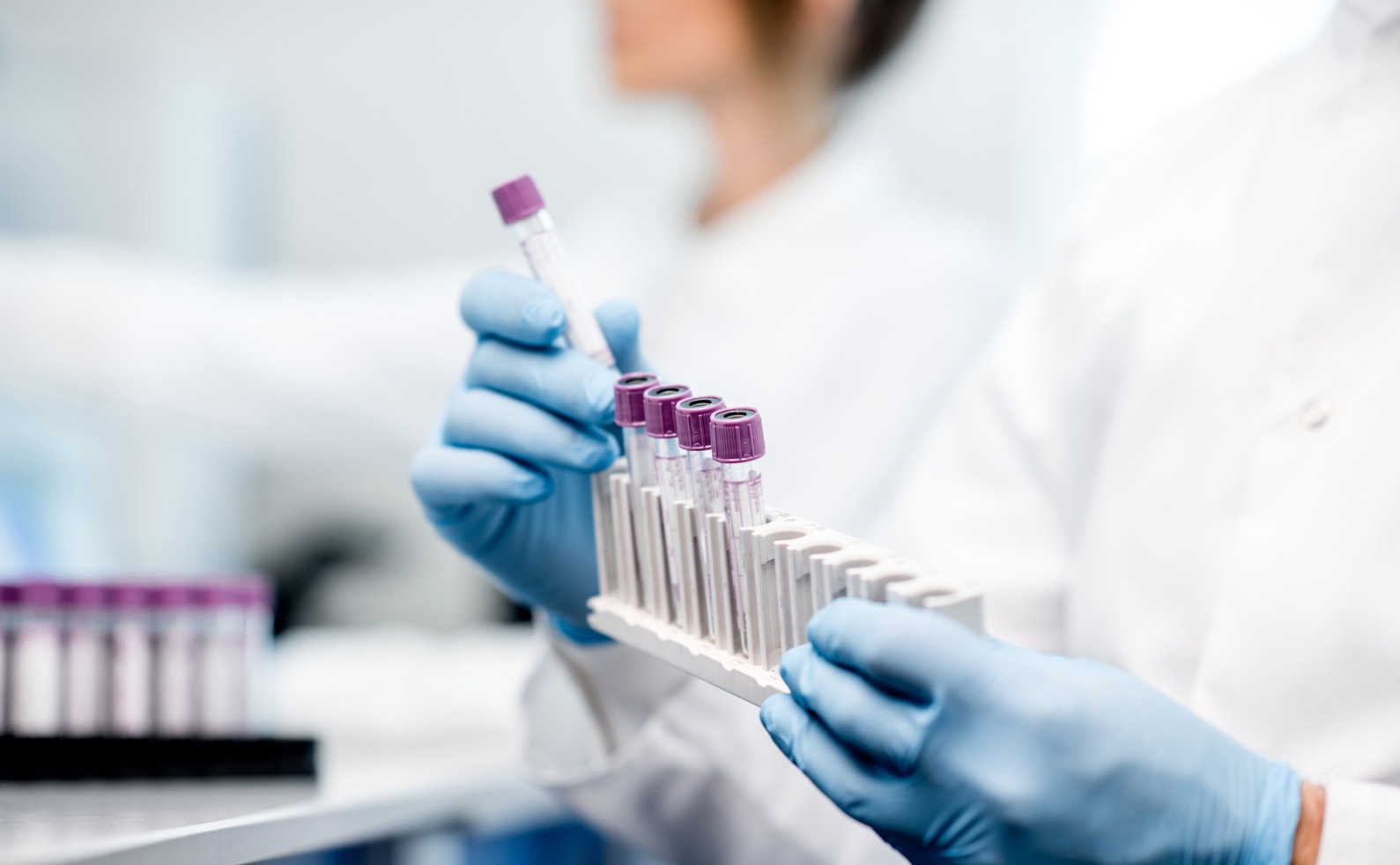Something expecting parents should take time to consider is banking their child’s cord blood and cord tissue. Most people I talk to have never even heard about cord blood and tissue banking, so I like to try to raise awareness about what it really is and why it makes sense. It’s actually very simple and entirely non-invasive, so it’s stress free. After your child is delivered, and the umbilical cord is cut, the blood inside the umbilical cord is simply extracted, placed in a special container, and then frozen. This cord blood is stored in liquid nitrogen, and can remain frozen for an indefinite period of time until it is ready to be used. So that’s how it’s done, but why is it done? I think that’s the more interesting question.
Cord blood contains a special kind of cell known as a “stem cell”. Stem cells have the unique ability to divide into multiple different types of cells. Cord blood contains a specific kind of stem cell known as a hematopoietic stem cell, which can mature into one of the many different cells present in blood. The field of stem cell research is still relatively new, but already there are numerous genetic disorders and cancers that can be treated with these cells. Many of these treatments are on the cutting edge of medical science, and weren’t even around a few years ago!
Cord tissue banking is a similar process, except it is actually the tissue of the umbilical cord that is stored, and not the blood inside it. The question is: Why bank cord tissue if I’ve already decided to bank my child’s cord blood? Well, the cord tissue actually contains a completely different kind of stem cell, known as the mesenchymal stem cell. This type of stem cell can divide into an entirely distinct variety of cells that cord blood cells simply cannot. Because of this, cord tissue can treat a whole new range of medical conditions.
For me, the decision whether or not to bank cord blood and/or tissue ultimately comes down to peace of mind. Raising a child comes with a lot of unknowns, so it’s nice to have these special stem cells stored, just in case your child ends up needing them one day. The really exciting part is that stem cell research is ongoing and constantly advancing, so we really don’t know what brand new treatments will be developed 5, 10, or even 30 years from now, but the possibilities are numerous and promising!
Contact us for more information about banking cord blood and tissue with Maze.

